Defining energy debate of the year – Dutton has now made it clear he is all in on nuclear

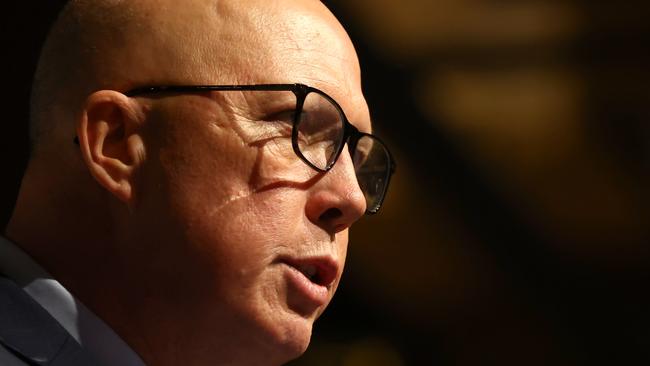
What was known only to a few in cabinet at the time was that amid the enduring madness of the pandemic the then Liberal prime minister was also courting a domestic nuclear energy policy program to potentially take to the climate change summit in Glasgow in November that year. And potentially to an election in 2022.
Morrison had spent the summer reading Bill Gates’ book on how to avoid a climate disaster and Pulitzer-prize winning author Daniel Yergin’s treatise on energy security. Both were pro-nuclear.
During a meeting of his leadership team in the parliamentary briefing room in February, with the country emerging from post-lockdown fever, the idea of a net-zero nuclear power policy officially resurfaced.
Not in the form of submarines, which still remained unknown to all those attending, but the Coalition’s long-held future dreams of a domestic nuclear power industry.
Energy Minister Angus Taylor had been working through the technology road map the government needed to take to Glasgow, under pressure from moderates to have a credible road map to a 2050 net-zero target, and sympathetic to the antagonism from within the Nationals to oppose it.
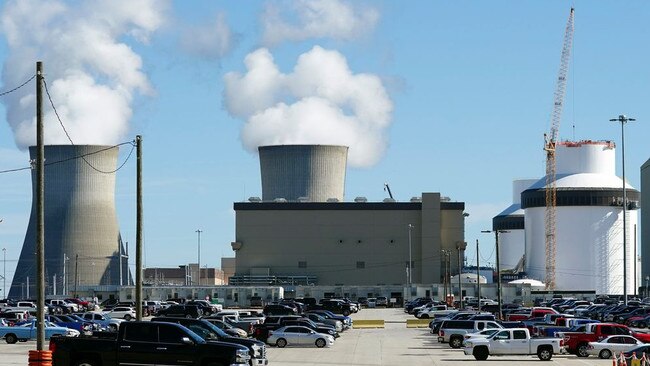
In the meeting, Morrison actively promoted the idea of small modular nuclear reactors.
He was unconvinced that the economics of the large-scale reactors stacked up but wanted small modular reactor technology as part of the mix, if not the dominant base load alternative.
Peter Dutton was among those in the room. As defence minister, Dutton told Morrison that he strongly supported it. His view, however, was that there was no point in flying kites. They either committed or didn’t. Morrison was convinced, until he wasn’t.
The politics of securing AUKUS and a domestic nuclear energy program simultaneously would have been overly ambitious. While there was a confidence that Labor would be forced to support the AUKUS deal, there was no prospect of Labor supporting both. There is a view now that Morrison believed AUKUS couldn’t be sacrificed.
Politics quickly interceded. The Brittany Higgins saga – the outcome of which was unknown at the time – changed the dynamics. The fog of war descended on the Morrison government.
Come March, Morrison called Taylor and resources minister Keith Pitt to a meeting in his office amid growing anxiety about the political situation.
Deputy prime minister and Nationals leader Michael McCormack was also there, along with Morrison’s principal private secretary Yaron Finklestein.
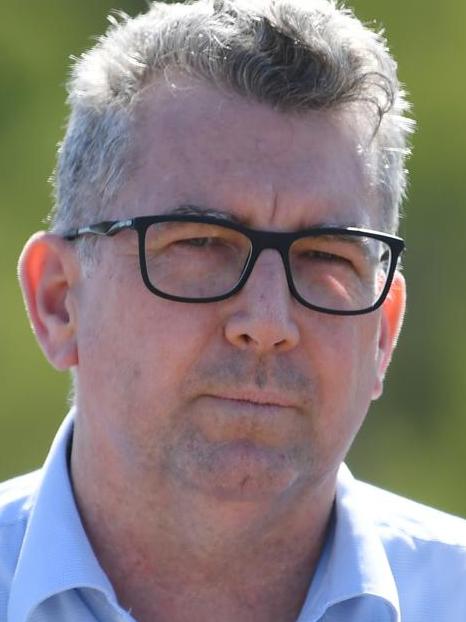
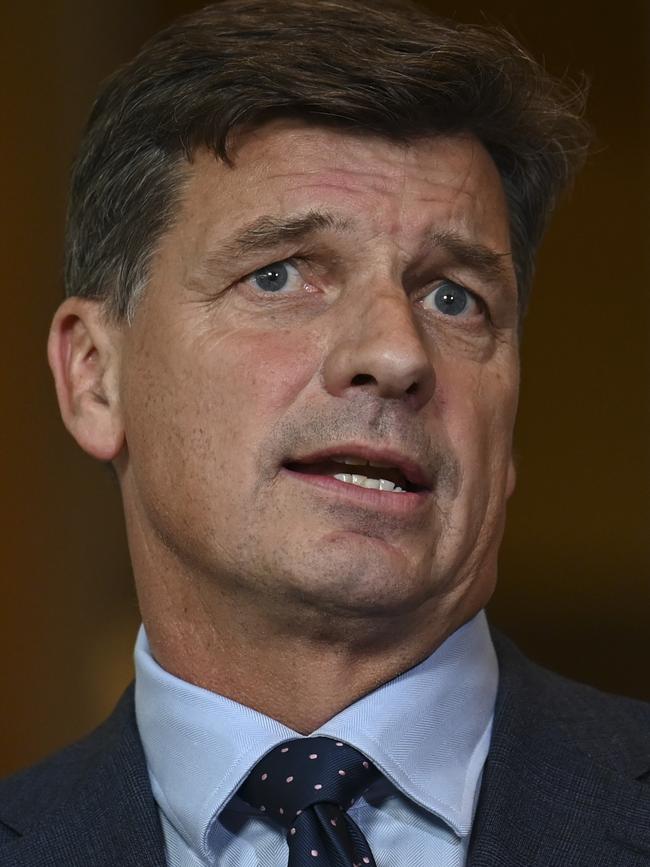
Pitt and Talyor had been working up options as requested for a substantial nuclear energy policy. One that they could take to an election. It was in the preparatory stage but advanced enough to have some meat on the bone.
But that meeting put an end to their ambitions. Morrison proceeded to tell them that the polling research just didn’t stack up.
According to a source in the room, the polling was “very detailed” and very convincing.
“A lot of work had gone into that research with an inevitable outcome,” the source said.
The conclusion was that all other things being considered, the lead time they would need to start building a case for an election policy on nuclear was no longer available.
“The one obvious problem was that we couldn’t make the progress needed before the election,” another source said. “We knew what Albo would do with it. He would turn it into a referendum on nuclear reactors in people’s backyards.
‘There was also the bipartisan nature of AUKUS … that could have been undermined if we needed a civil nuclear industry.
“Morrison’s judgment in the end was right. We didn’t have enough time.”
In the end, Morrison had been convinced by the pollsters that there was insufficient public appetite for it and insufficient lead time to start making the case.
As it turned out, they may have been right. Morrison may not have had the political capital to carry the debate anyway as the government began to run into trouble on multiple fronts. “In the end we ran out of runway,” said a source close to the meetings.
All about location
The most potent argument Labor believes it has is around cost and location.
The safety and disposal issues are no longer credible for Labor, considering Anthony Albanese’s adoption of the Coalition’s nuclear submarine program – which must meet the same stringent international safeguards.
The key attack from Labor will centre around location. It will make the central political argument a retail one based on which seats such reactors might be built.
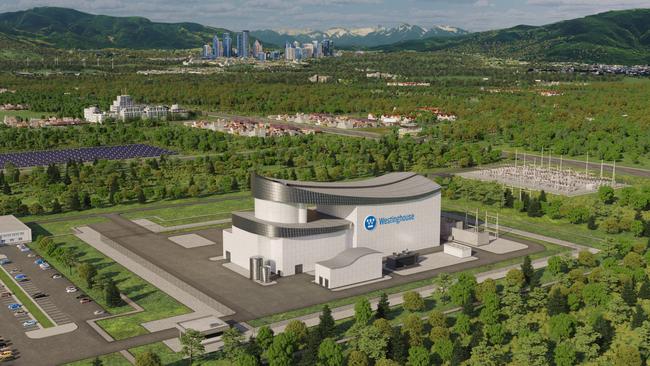
Dutton knows this is potentially the most difficult contest. The argument that they will be located on brownfield sites, most of them presumably in seats already held by the Nationals, mitigates this to an extent.
But it will take political will to carry the debate. And Labor has plenty of time to build its campaign. But even Albanese would concede he needs to be careful.
Cross-party support
The national moratorium on nuclear power, imposed in 1998, owes its creation to the Howard government’s forced capitulation to the Greens in the Senate as a trade-off for legislation required for a new research nuclear reactor at Lucas Heights.
Contrary to mythology, the ban was not a broader expression of the anti-nuclear protest movement from the 1970s and ’80s but a reality of the Senate numbers at the time.
In 2006 John Howard commissioned the Switkowski report which concluded that Australia could have had nuclear generation providing a third of the nation’s power needs in 10 years. Kim Beazley had warned at the time that he would make the next election a referendum on nuclear.
The idea was resurrected again by Tony Abbott, but not until Morrison was more serious policy work developed.
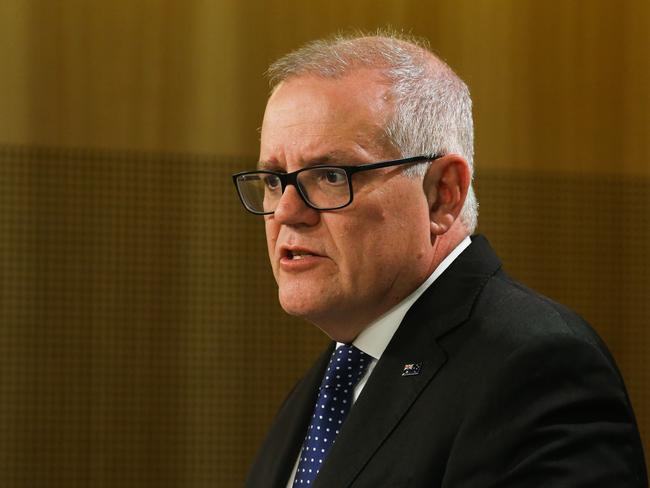
Labor’s opposition has become an article of faith for the left and for Albanese. But this has never been a universal belief within the Labor movement. Nor the unions, with the Australian Workers Union expressing support for nuclear.
Few would forget the former Labor prime minister Bob Hawke’s call to the Woodford Folk Festival in 2016 that “nuclear power would be a win for the environment” in tackling global warming.
Successive energy ministers in the Rudd/Gillard governments, including Martin Ferguson and Gary Gray, were also proponents.
Australia remains one of the few developed countries in the world with a ban on nuclear power generation. This is despite the Lucas Heights facility – a small reactor that produces isotopes for medical diagnostics – having been in operation in the southern suburbs of Sydney for more than 60 years.
Article of faith
Morrison’s nuclear ambitions in retrospect may be viewed as ill-timed. But much has changed since then.
It should come as no surprise that Dutton as leader has now not only resurrected the idea of nuclear generation as a zero-emissions pathway for the Coalition but has put it firmly on the table with the promise of a detailed policy proposal to be released, potentially within weeks.
Far from flying a kite, Dutton has dropped a political brick on the shadow cabinet table. It began on day one. Within days of being elected leader, Dutton called in Taylor and told him to start rebuilding the case for nuclear. For Dutton it was an article of faith.
And there is no walking back from it now for the Liberal or Nationals parties.
But Dutton was faced with the same conundrum as past leaders.
Internal Liberal polling conducted immediately after the 2002 election loss had support for nuclear power at 31 per cent.
“To his credit, Dutts said we need to do this, we have to make the case,” a senior Liberal source close to the discussions said.
“Regardless of what polling had been telling us, it is the right thing to do,’ Dutton said.
“Forget the polling, let’s look at it. And if we look at it we need to be open about it.”
The most recent Newspoll reveals how much attitudes have shifted in a short space of time. Support is at 55 per cent and those opposed at 31 per cent. Two thirds of the 18 to 34-year-olds are in favour. This suggests that the onus is now on Labor to convince Australians why we shouldn’t have nuclear power.
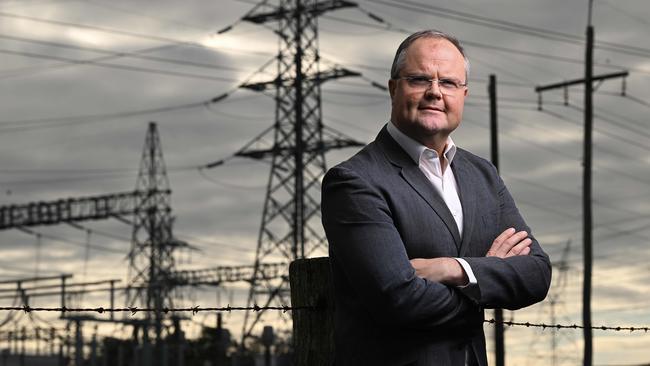
Queensland MP Ted O’Brien, Dutton’s choice for opposition energy spokesman on being elected leader, had pedigree going back to O’Brien’s election as the member for Fairfax in regional Queensland in 2016. In 2017, his branch passed a resolution in favour of nuclear power. O’Brien quickly engaged on the issue.
After Morrison won the 2019 election, the Nationals MP sought an immediate meeting with Morrison and urged him to re-prosecute the case.
Morrison appointed him to a standing committee to interrogate the issue. The final report was supported by conservatives and moderates alike, including North Sydney MP Trent Zimmerman, who lost his seat in 2022 to a teal independent, and outspoken Tasmanian Liberal Bridget Archer.
Labor issued a dissenting report.
Dutton told O’Brien to go out and start building the case. Out of his own pocket, he funded a trip to Japan and then later to the US and Canada – another trip he funded largely himself.
Dutton had been buoyed by the mooted reaction to the AUKUS deal and believed that the nuclear argument in the community had started to flip.
“There weren’t people going around glueing themselves to the bonnet of the prime minister’s car over AUKUS,” one senior Liberal source said. “There was no protest movement over it.”
Dutton and O’Brien engaged external consultants six months ago to undertake work on a policy that will be released before the May budget.
They are both convinced that the politics have realigned on nuclear power and the debate is there to be won.
“The problem back in February 2021 was that while there was consensus that nuclear had to play a part …. and SMR technology well suited to Australia, one obvious problem is that we didn’t really have time to the progress before the election,” another senior Coalition source said.
“We knew what Albo would do with it – turn into a referendum on nuclear.
“And the bipartisan nature of AUKUS could have been undermined if we were to pursue a civil nuclear industry.
“In the end we had a crammed political agenda … and as it turned out, it became tactically not the best time to pursue it.
“That has all changed now.”
One senior Labor source said that the government was underestimating how big an issue it was and risked being isolated.
“Labor doesn’t appreciate the significance of it. But the Opposition Leader is on to it.”
Dutton is prepared for the scare campaign that Labor will inevitably mount.
There have already been discussions at a high level among the leadership group on the development of policy.
The Australian revealed last week that around six sites had been identified where nuclear reactors could be placed on retiring coal-fired power sites.
He’s gone all in
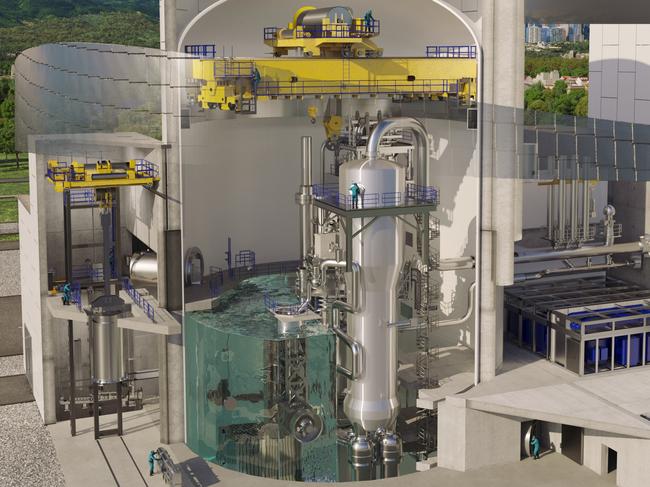
The debate about cost is a valid one. The next generation APR-1400 nuclear reactors – four of which have just been completed in South Korea at a cost of $US20bn – will produce up to 1.5 gigawatts of power.
Dutton’s argument, and one he believes the Coalition can win, is that the cost equivalent is less than Labor’s 100 per cent renewable target because of the transmission costs associated with connecting vast arrays of renewable energy fields to the grid.
Labor also underestimates the community concerns about transmission lines.
Dutton says there is also a moral argument at play. That why should regional Australia bear the brunt of the development of renewables – along with the transmission networks which the Liberal Party is now claiming would require 28,000km of poles and wires at an eventual cost of $1 trillion.
This will be the defining energy debate of the year. Dutton has now made it clear he is all in on nuclear.

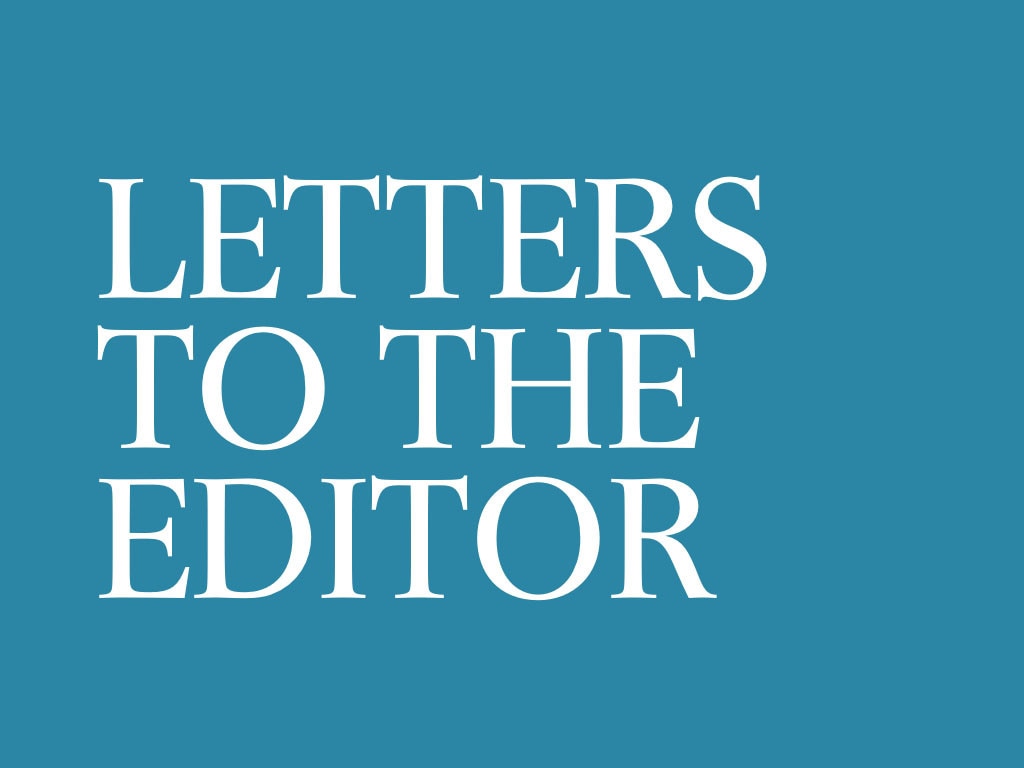


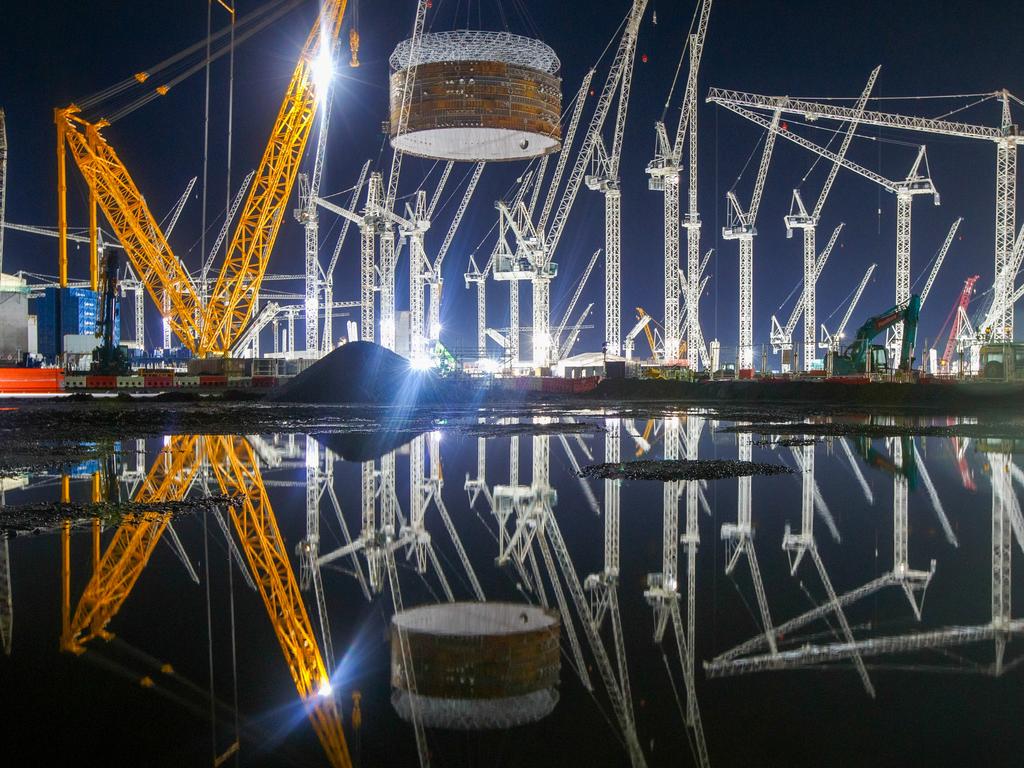


It was early 2021 and Scott Morrison was working feverishly and secretly on the AUKUS nuclear submarine deal with the US and Britain.